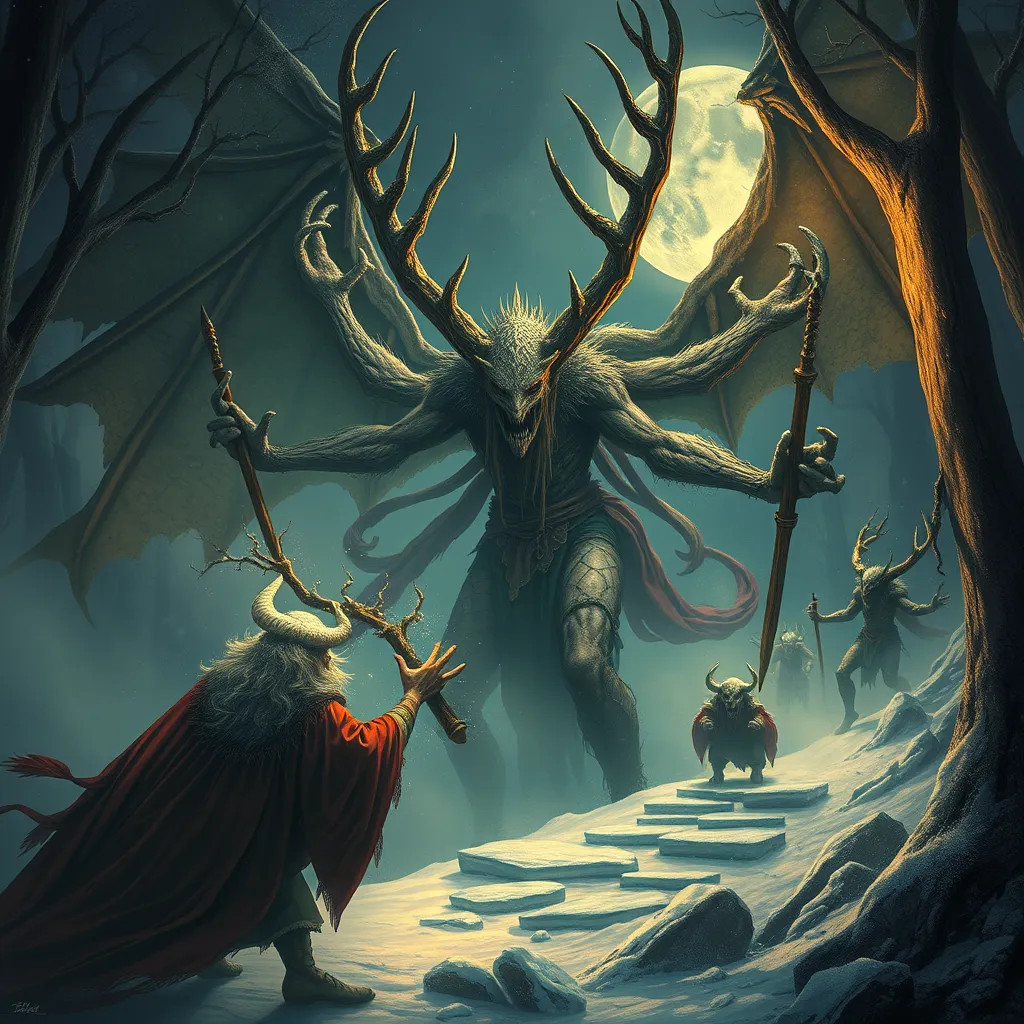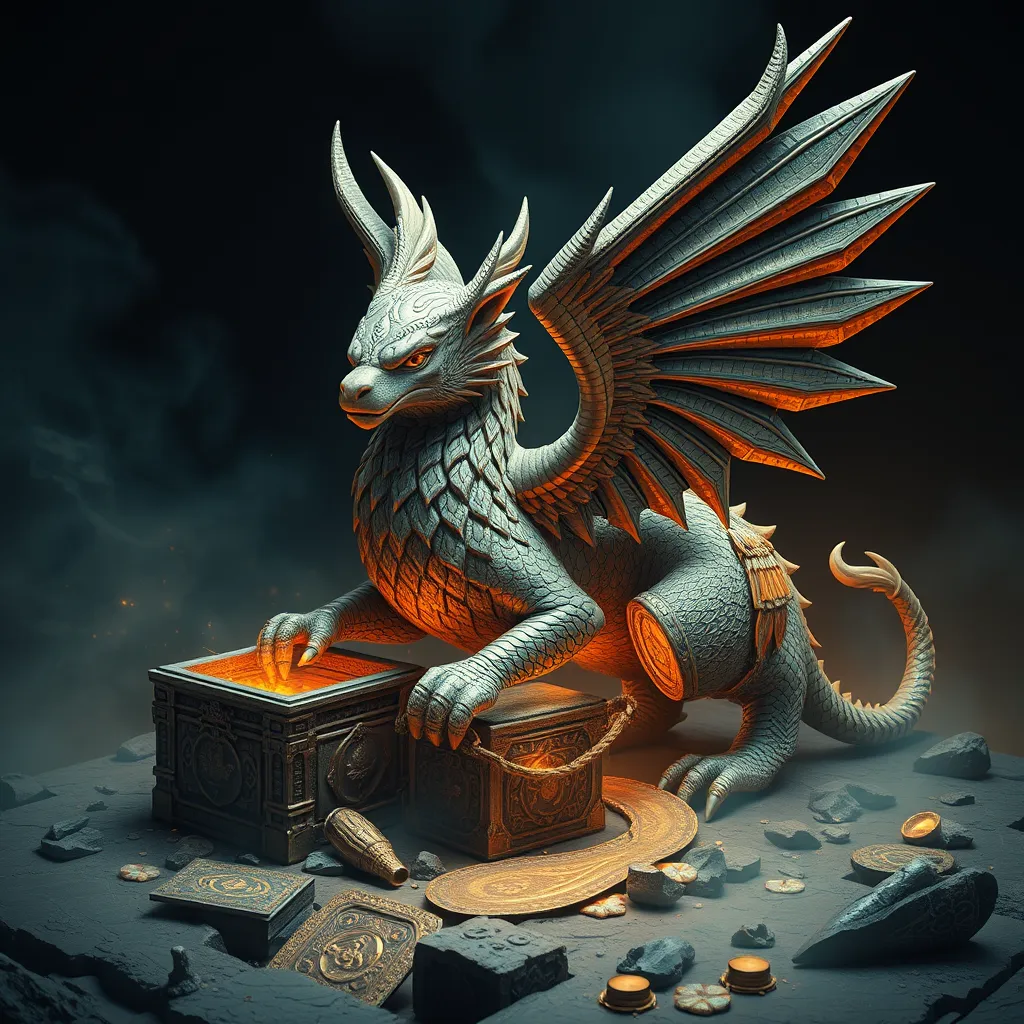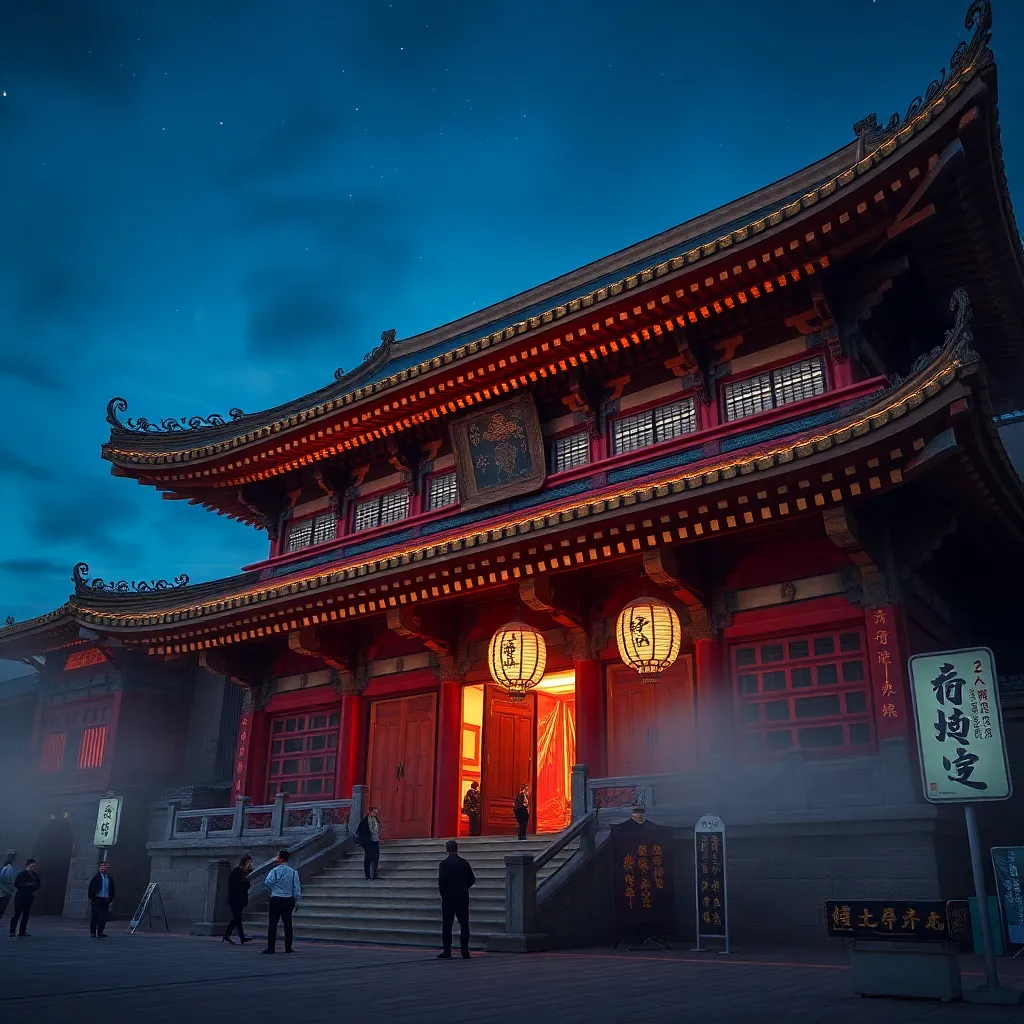The Elven Origins of the Kallikantzaroi: Demons, Spirits, and the Christmastide
1. Introduction to Kallikantzaroi
The Kallikantzaroi are mischievous creatures from Greek folklore that are often associated with the Christmas season. These beings are said to emerge from the underworld during the twelve days of Christmas, wreaking havoc on human lives. In Greek tradition, they are thought to symbolize the chaos and disorder that can accompany the festive period, serving both as a source of entertainment and as a reminder of the darker elements of spirit lore.
During Christmastide, the Kallikantzaroi particularly engage in mischief, haunting homes and challenging the festive spirit. Their presence is a fascinating blend of fear and fun, making them an integral part of Greek Christmas celebrations.
2. Historical Context of Elven Mythology
The origins of elven mythology can be traced back to ancient cultures, where various forms of nature spirits were revered and feared. In European folklore, elves are often depicted as ethereal beings associated with nature, possessing magical qualities. These creatures have different names and characteristics across cultures, yet they share some common traits:
- Connection to Nature: Elves are often depicted as guardians of forests, rivers, and other natural elements.
- Magical Abilities: Many legends attribute various magical powers to elves, making them both helpful and hazardous.
- Trickster Qualities: Elves can be playful and mischievous, often leading humans astray or playing pranks.
In comparing elves from various traditions—such as the Norse, Celtic, and even Slavic—one can discern a rich tapestry of beliefs surrounding these enchanting beings. This historical context sets the stage for understanding the Kallikantzaroi’s place within this wider elven mythology.
3. The Kallikantzaroi: Characteristics and Traits
The Kallikantzaroi are described as small, goblin-like figures, often depicted with dark skin, hairy bodies, and animal-like features. They are known for their grotesque appearance and are usually portrayed with long ears, sharp teeth, and clawed hands. Their behavior is characterized by a penchant for mischief and trickery, engaging in acts that create chaos in human lives.
Distinct from other mythical creatures, the Kallikantzaroi have unique characteristics:
- Appearance: They are often portrayed as ugly and grotesque compared to the more ethereal and beautiful elves of other traditions.
- Behavior: Unlike many elves who are benevolent and helpful, Kallikantzaroi are mischievous and can be outright malicious.
- Seasonality: Their activities are confined primarily to the Christmas season, unlike other mythological beings who may have broader or year-round presence.
4. The Connection Between Kallikantzaroi and Elven Lore
The Kallikantzaroi share several similarities with traditional elven figures, primarily in their playful and chaotic nature. While elves are often seen as guardians or helpers, the Kallikantzaroi take on a more subversive role, embodying the chaos that can disrupt the order of festive celebrations.
The influence of elven folklore on the portrayal of Kallikantzaroi is evident in the following ways:
- Trickster Archetype: Both Kallikantzaroi and elves embody the trickster archetype, challenging societal norms and expectations.
- Connection to the Natural World: Like elves, Kallikantzaroi are tied to the earth, although their influence is often more chaotic than protective.
- Seasonal Appearance: Both beings appear during specific times of the year, enhancing the cultural significance of their presence.
5. Kallikantzaroi in Christmas Traditions
The Kallikantzaroi play a significant role in Greek Christmas celebrations, where they are both feared and celebrated. Their activities are said to cause disturbances in households, such as:
- Turning over furniture
- Stealing food
- Creating noise and chaos in the night
To ward off their mischief, various rituals and customs are observed, including:
- Burning of the Yule log to keep them away
- Hanging garlic or onions at the door to repel their presence
- Performing rituals to ensure a peaceful household during the festive season
6. Kallikantzaroi as Symbols of Chaos and Mischief
The Kallikantzaroi are celebrated as tricksters, and their antics bring a sense of chaos that is paradoxically welcomed during the holiday season. This mischief serves a cultural purpose, allowing people to engage in playful banter and activities that push the boundaries of everyday life.
Their role as symbols of chaos can be interpreted in various ways, including:
- Challenge to Order: The Kallikantzaroi challenge the established order, reminding people of the unpredictability of life.
- Celebration of Freedom: Their mischief allows individuals to embrace freedom from the constraints of daily life during the joyous holiday season.
- Reflection of Human Nature: The Kallikantzaroi embody the duality of human nature, encompassing both light-heartedness and darker impulses.
7. Modern Interpretations and Representations
In contemporary literature, art, and media, the Kallikantzaroi have evolved from their traditional roots, becoming part of modern Christmas narratives. They appear in various formats, including:
- Children’s Books: Where they are often portrayed as playful characters who teach lessons about kindness and mischief.
- Films and Television: Kallikantzaroi have appeared as characters in holiday specials, often embodying the spirit of mischief.
- Artistic Representations: Artists depict them in ways that highlight their chaotic nature, blending traditional imagery with modern aesthetics.
8. Conclusion: The Enduring Legacy of Kallikantzaroi
The Kallikantzaroi hold a unique place in Greek folklore and Christmas traditions, representing a fascinating blend of ancient myth and modern celebration. Their significance during the festive season serves as a reminder of the balance between joy and chaos, order and disorder.
As symbols of mischief, the Kallikantzaroi invite reflection on the complexity of human nature and the importance of celebrating both the light and dark aspects of life, especially during a time meant for joy and reflection. Their enduring legacy continues to inspire stories, traditions, and festive spirit, making them an unforgettable part of the holiday season.



